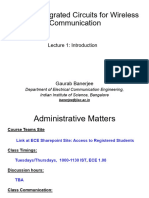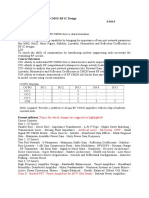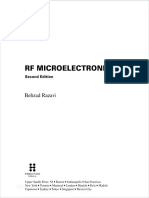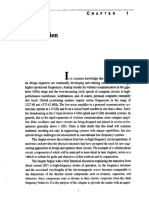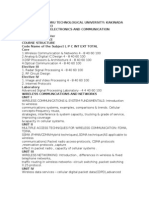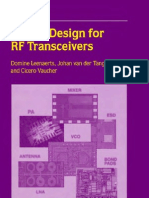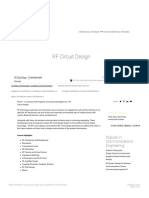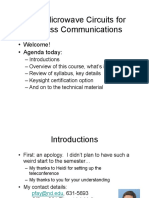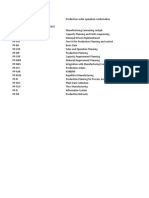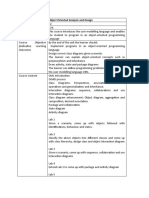0% found this document useful (0 votes)
24 views38 pagesRF Circuits 417 Class 20240930 Introduction
N
Uploaded by
biencomputerCopyright
© © All Rights Reserved
We take content rights seriously. If you suspect this is your content, claim it here.
Available Formats
Download as PDF, TXT or read online on Scribd
0% found this document useful (0 votes)
24 views38 pagesRF Circuits 417 Class 20240930 Introduction
N
Uploaded by
biencomputerCopyright
© © All Rights Reserved
We take content rights seriously. If you suspect this is your content, claim it here.
Available Formats
Download as PDF, TXT or read online on Scribd
/ 38





